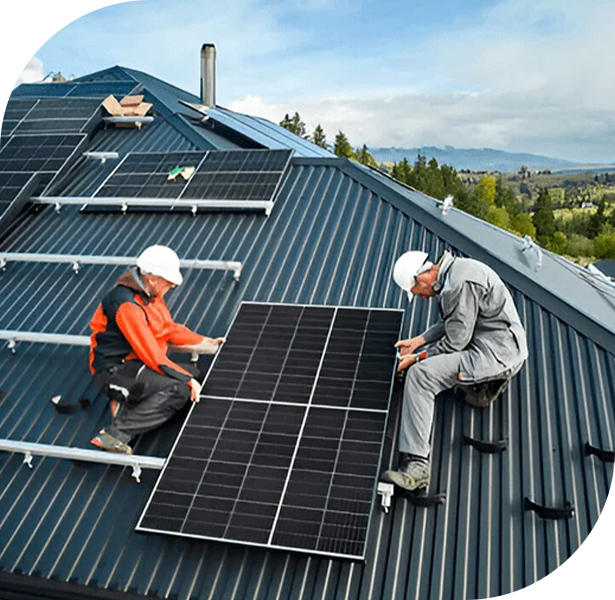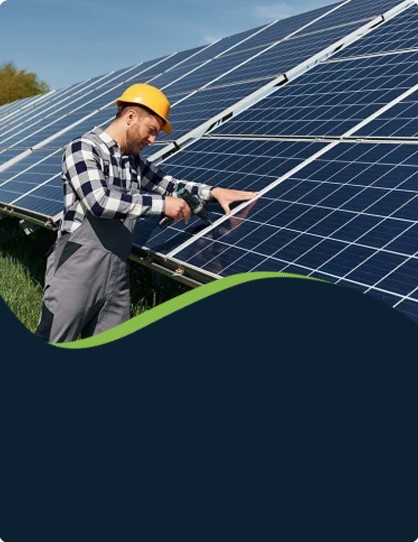
-
[email protected]

-
Building 1, No. 21 Shengfa Road, Lucheng District, Wenzhou, Zhejiang, China



In the quest for sustainable and reliable energy solutions, the combination of floating photovoltaic (PV) systems and lithium battery systems has emerged as a promising approach. This integration leverages the strengths of both technologies to address the growing demand for clean energy while overcoming some of the limitations associated with each system individually.

Floating photovoltaic systems, often referred to as "floatovoltaics," are solar installations that are mounted on bodies of water such as lakes, reservoirs, and ponds. One of the key advantages of these systems is their ability to utilize otherwise underutilized space. In many regions, land is a scarce and valuable resource, and installing solar panels on water bodies can free up valuable land for other purposes such as agriculture or conservation.
Additionally, the water surface provides a natural cooling effect for the solar panels. This helps to maintain good operating temperatures, which can enhance the efficiency of the photovoltaic cells. Studies have shown that the cooling effect of water can increase the power output of solar panels by several percentage points compared to ground-mounted systems.
However, solar energy, like other renewable sources, is intermittent. The sun does not shine all the time, and its intensity varies throughout the day and across seasons. This is where lithium battery systems come into play.
Lithium batteries are known for their high energy density, which means they can store a significant amount of energy in a relatively compact form. By integrating lithium battery systems with floating photovoltaic installations, excess solar energy generated during peak sunlight hours can be stored for use during periods of low sunlight or at night. This ensures a more consistent and reliable power supply, making the combined system suitable for a wide range of applications, from powering remote communities to supporting industrial operations.
The pairing of floating PV systems and lithium batteries also offers environmental benefits. The use of solar energy reduces reliance on fossil fuels, thereby lowering greenhouse gas emissions. Meanwhile, the water body beneath the floating solar panels can benefit from reduced evaporation rates. In arid regions where water conservation is critical, this can help preserve valuable water resources. Furthermore, the installation of floating PV systems can create shaded areas that may support local aquatic ecosystems by providing cooler water temperatures and reducing algal blooms.
From an economic perspective, the integration of these two technologies can be cost-effective in the long run. While the initial investment for both floating PV and lithium battery systems can be substantial, the operational costs are relatively low. Solar energy is free, and the maintenance requirements for both systems are small compared to traditional power generation methods.
Moreover, the scalability of floating PV and lithium battery systems makes them adaptable to various needs. Small-scale installations can be set up to power individual homes or small communities, while larger systems can be developed to contribute to the grid and support larger populations. This flexibility allows for a tailored approach to energy generation and storage, depending on the specific requirements of the location and the users.
Despite the numerous advantages, there are challenges associated with the integration of floating PV and lithium battery systems. One of the main concerns is the potential impact on water quality and aquatic life. Proper design and installation are crucial to small any negative effects.
In conclusion, the combination of floating photovoltaic systems and lithium battery systems presents a powerful solution for sustainable energy generation and storage.
Your email address will not be published. Required field are marked*
